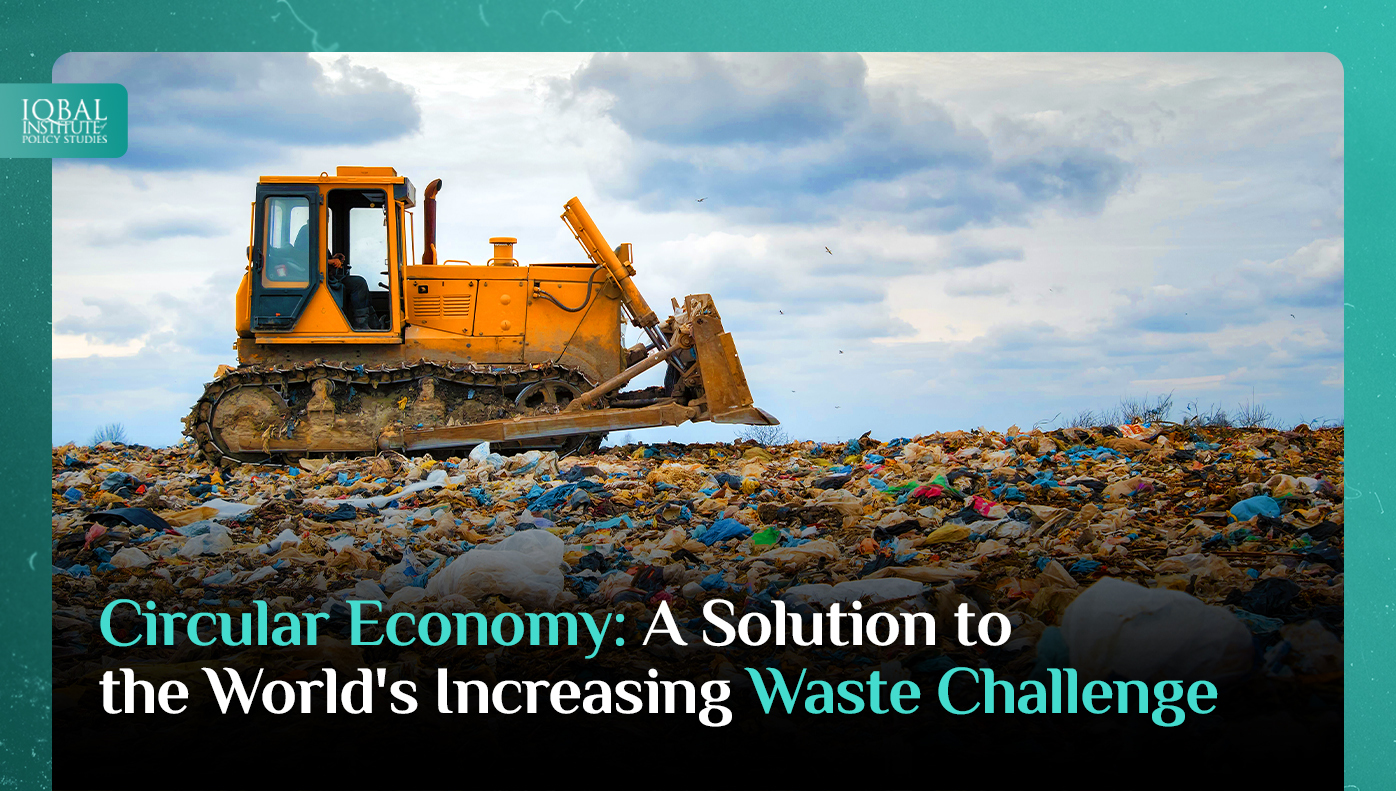The concept of the circular economy helps achieves Sustainable Development Goals (SDGs) by attaining environmental equality, economic prosperity, and social equity to benefit future generations. The circularity provides an economical system based on business models that replace the end-of-life concept with reducing, reusing, recycling, and recovering materials in production, distribution, and consumption processes. It also creates new loops for plastics by utilising them as a resource so that it doesn’t end up in landfills.
It has been estimated that plastic production and waste have been increasing significantly. Currently, the world generates 2 billion tons of municipal solid waste, including residential, commercial, and institutional waste, which is expected to grow to 3.4 billion tons by 2050 (ADB, 2021). Nearly 400 million tons of plastic are produced each year, creating an adverse environmental impact. During the pandemic, single-use plastics have increased by 300 per cent. Unfortunately, plastics account for 65 per cent of the total waste in Pakistan. In addition, 55 billion plastic bags are being used in the country, with an expected annual increase of 15 per cent in their usage. Consequently, these unsustainable plastic disposal practices have detrimental effects on natural resources, further accelerating climate change.
Such non-decomposable material generates greenhouse gas emissions during production and extends to waste management in landfills or the natural environment. Currently, most of the city’s waste ends up in landfills, an excess of which has already burdened ecosystems, resulting in a loss of biodiversity and land degradation alongside greater pollution. To cope with these challenges, there is an urgent need to embrace a more sustainable and viable production, consumption, and waste management model to ease the burden of resource depletion and waste disposal. Therefore, the concerned authorities and stakeholders must focus on the take-make-waste approach and explore ways to generate less waste. For this purpose, transitioning to a circular economy requires rethinking market strategies and models that encourage competitiveness in different sectors.
Shifting to a circular economy will help achieve SDGs and promote investment in innovative technology and infrastructure and support economic development. It is estimated that by 2030, the circular economy will generate an additional $4.5 trillion annually and provide more decent work opportunities through job creation in the formal sector (Asian Development Bank, 2022). The concept of circularity is a new production and consumption model that helps cities achieve sustainable growth over time. According to estimates, more than 80 per cent of the global GDP is generated in cities which makes them ideal for implementing circular economies. Given the adverse impacts of non-decomposable waste materials, countries must follow the circular economy concept and apply it to almost every industry, clothing, construction, agriculture, food, automobiles, telecom, and furniture, rather than sticking to only a single sector.



Leave a Reply